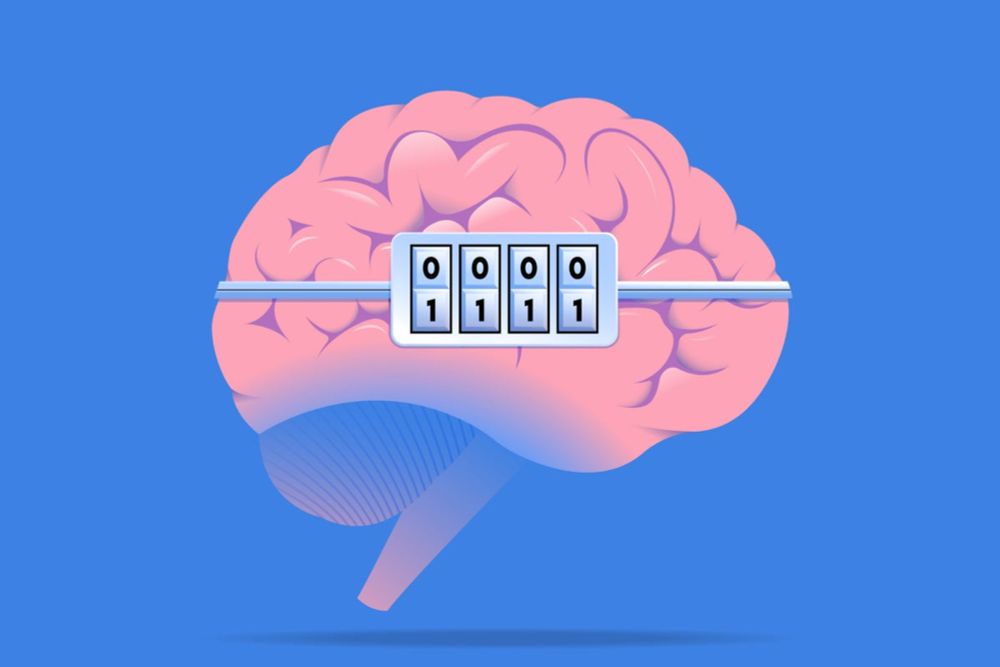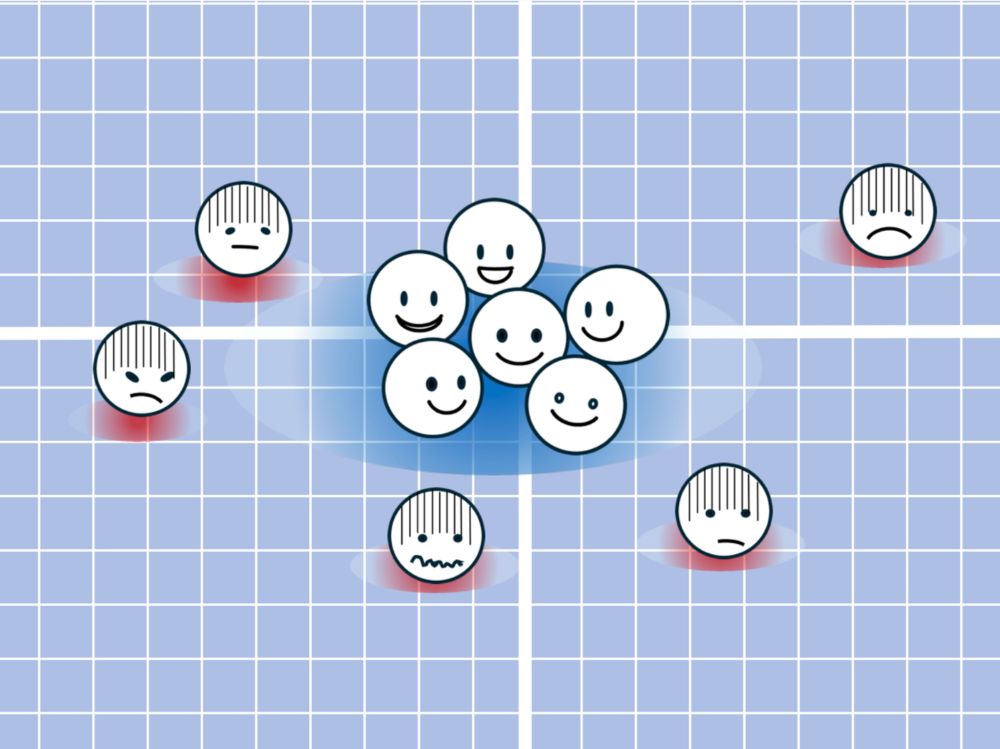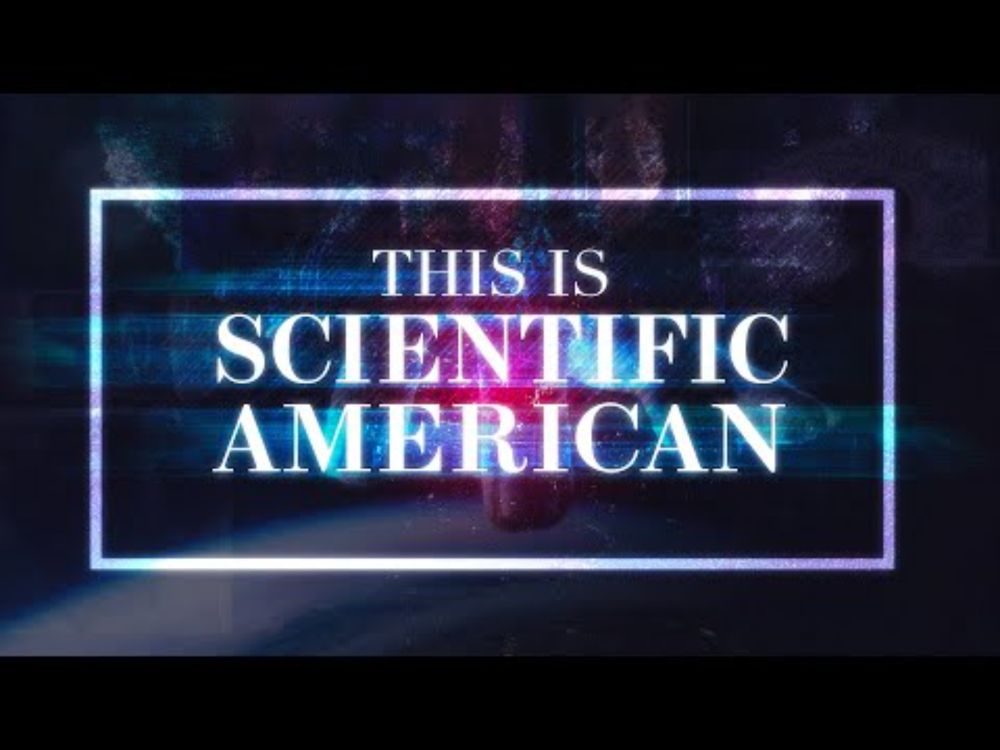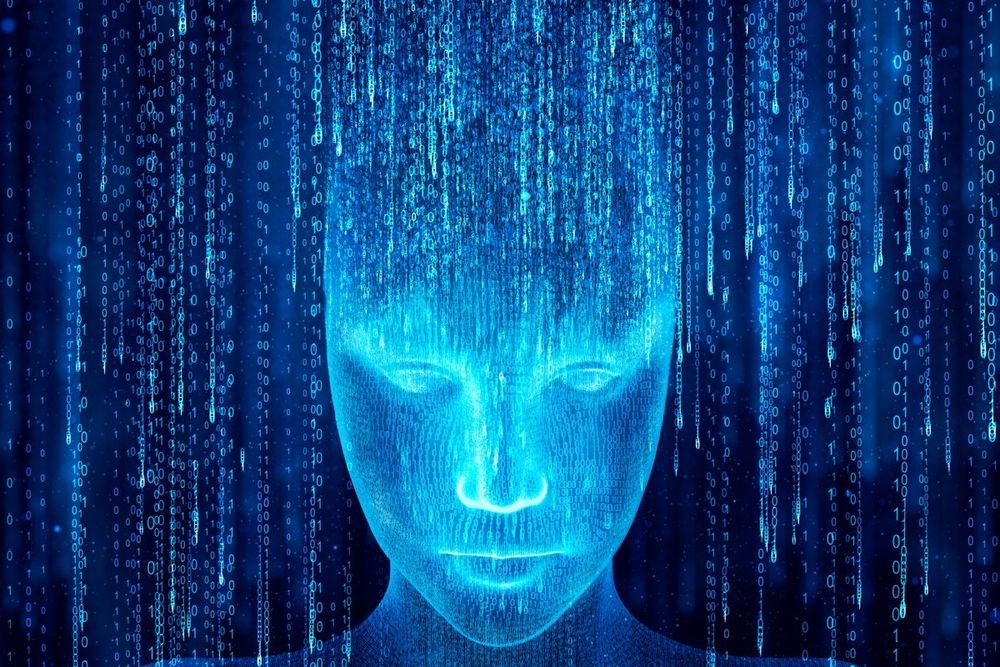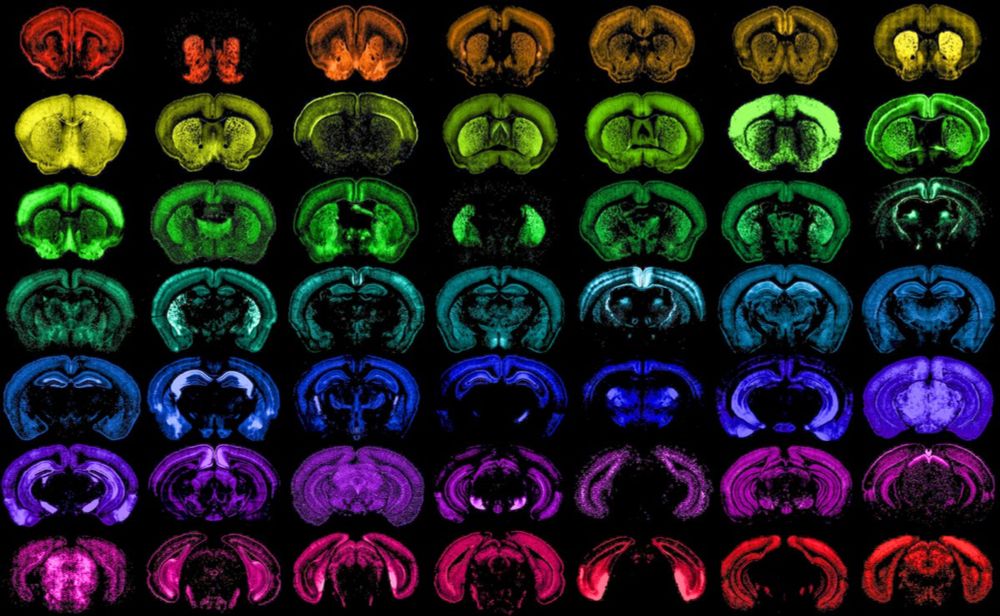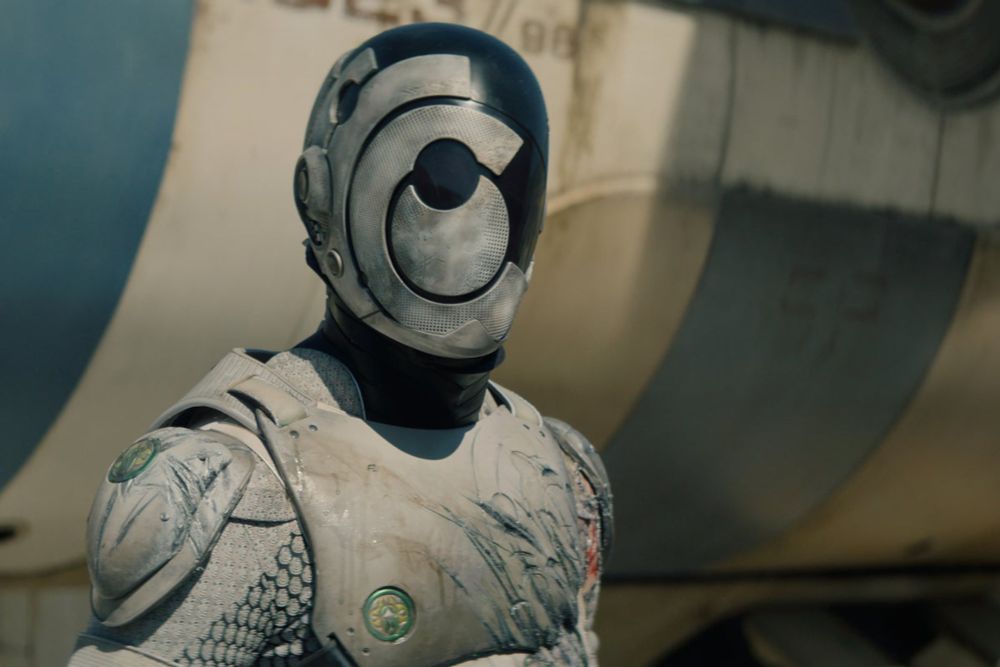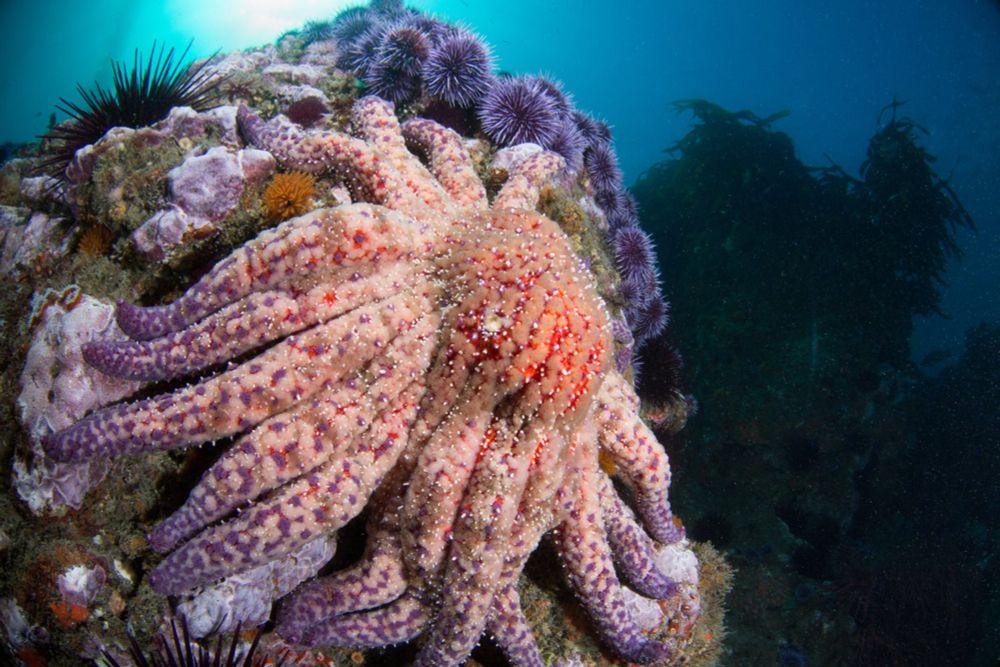
Billions of Starfish Have Disintegrated—and Scientists Finally Know Why
A devastating bacterium has decimated populations of sunflower sea stars, predators that play a crucial role in their environment
Spoke with @rhizalyssa.bsky.social and Melanie Prentice about their investigation into what was causing billions of sea stars to disintegrate to death. The culprit: a bacterium by the name of Vibrio pectenicida. Read more about their work here:
05.08.2025 19:33 — 👍 5 🔁 3 💬 0 📌 0
From deep oceans to distant galaxies, every Scientific American cover is an invitation to explore. Now show us where curiosity takes you!
🤳 Enter the #SciAmInTheWild photo contest
🎁 Prizes include gadgets and gear to elevate your next adventure
⚠️ Terms & Conditions apply: sciam.com/180contest
05.08.2025 17:40 — 👍 48 🔁 15 💬 2 📌 1
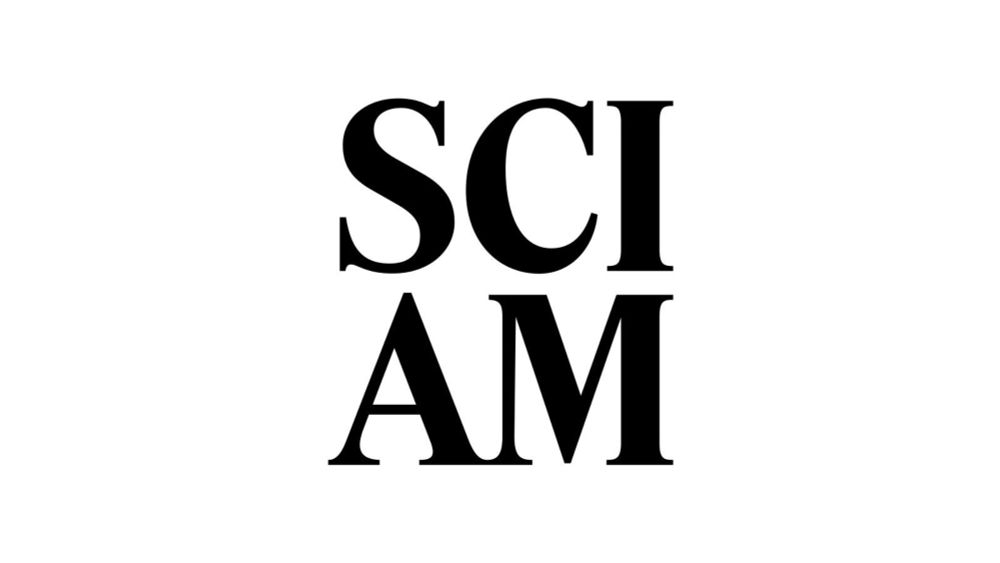
Submission Instructions | Scientific American
Journalists, please pitch me! I edit mind & brain news at @sciam.bsky.social and I'm looking for psychology and neuroscience stories. I'm especially interested in consciousness science and linguistics. Guidelines and contact info: www.scientificamerican.com/page/submiss...
05.08.2025 17:43 — 👍 3 🔁 0 💬 1 📌 0

Legionnaires’ Disease Outbreak in NYC—What to Know
Fifty-eight people have been infected—and two have died—in a New York City outbreak of Legionnaires’ disease—a severe type of pneumonia caused by a bacterium commonly associated with air-conditioning ...
Fifty-eight people have been infected—and two have died—in a New York City outbreak of Legionnaires’ disease—a severe type of pneumonia caused by a bacterium commonly associated with air-conditioning systems and cooling towers
05.08.2025 17:36 — 👍 23 🔁 11 💬 0 📌 0
I simply refuse to believe that the second question is possible
21.07.2025 20:50 — 👍 2 🔁 1 💬 1 📌 0
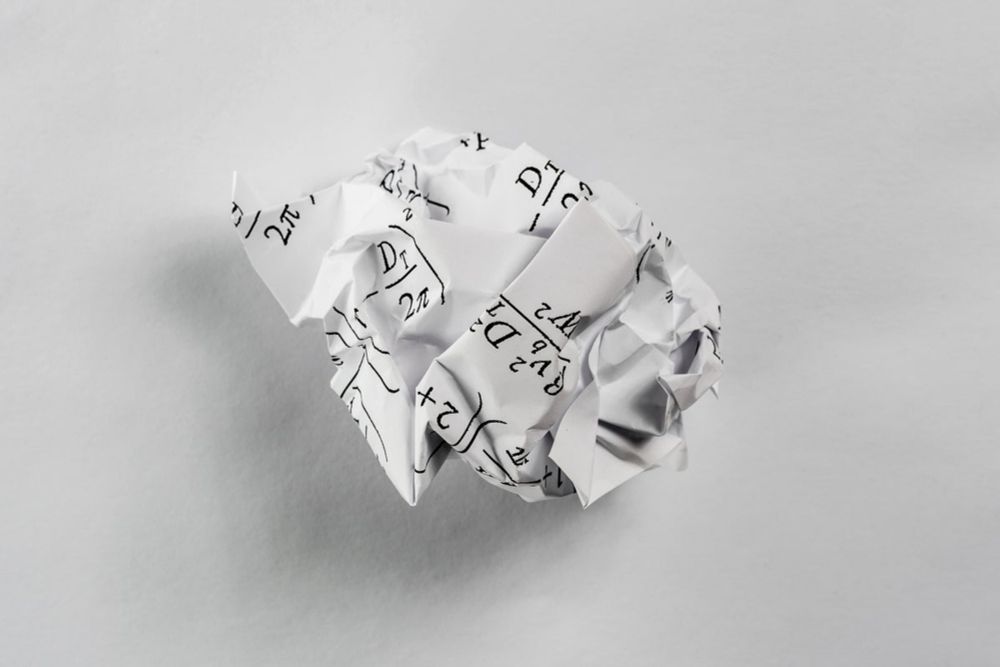
Math Is Quietly in Crisis over NSF Funding Cuts
A 72 percent reduction in federal funding is devastating to math research. The American Mathematical Society is offering $1 million in backstop grants—but it’s likely not enough.
Math is in crisis. The NSF claims the over $80M in cuts is due to "changing priorities" but when asked how math fits to their new priorities they said it is "required to advance future discoveries in every critical technology area." What gives??? www.scientificamerican.com/article/can-...
18.07.2025 15:25 — 👍 26 🔁 8 💬 2 📌 2
Damming water changes the location of the poles. 🧪
15.07.2025 17:05 — 👍 44 🔁 15 💬 4 📌 0
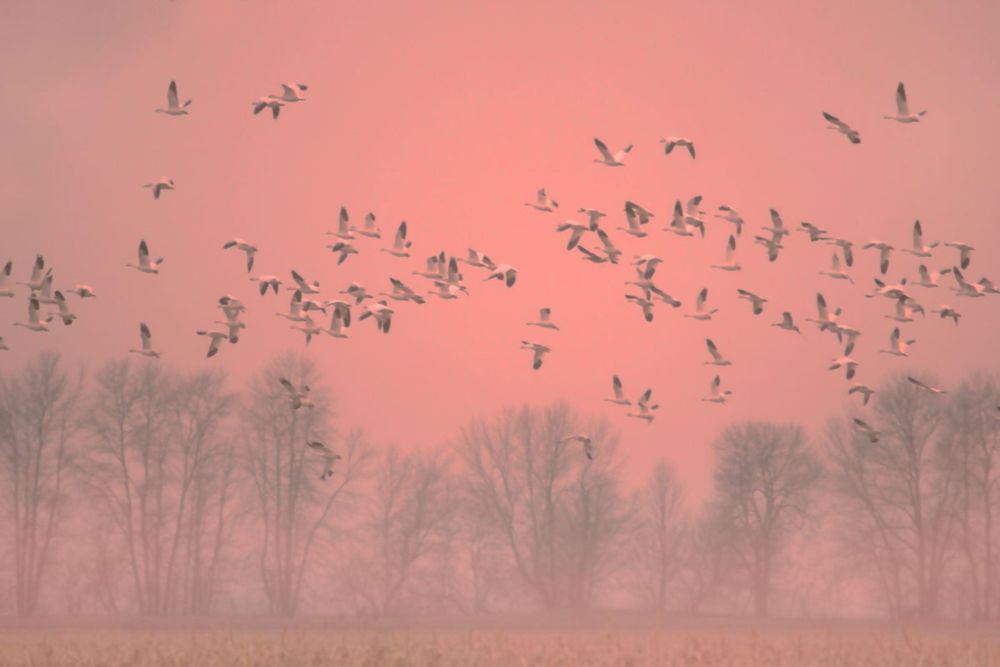
The Bird Flu Story No One Is Telling
Bird flu fears have focused on the poultry and dairy industries and human health. But wild animals are threatened, too—at scales no one fully understands
Good Tuesday morning. @sciam.bsky.social has a new digital issue out on bird flu, covering where it's gone, what it would take for it to spread widely to humans, and, in this piece by @meghanbartels.bsky.social I edited,the largely un-tallied effects to wildlife 🧪
15.07.2025 13:55 — 👍 31 🔁 17 💬 0 📌 2

Forget Jaws. These Bacteria in Beach Water Can Make You Seriously Ill
Illnesses from stealthy pathogens known as Vibrio are advancing northward along numerous coasts, potentially ruining your summer vacation
For this @sciam.bsky.social article on illness from Vibrio bacteria along the U.S. east coast (yup, the genus that includes V. cholerae), cartographer @pinakographos.bsky.social and I pay homage to John Snow's classic cholera map with contemporary data. 📊 🧪 www.scientificamerican.com/article/vibr...
15.07.2025 11:22 — 👍 47 🔁 20 💬 0 📌 3
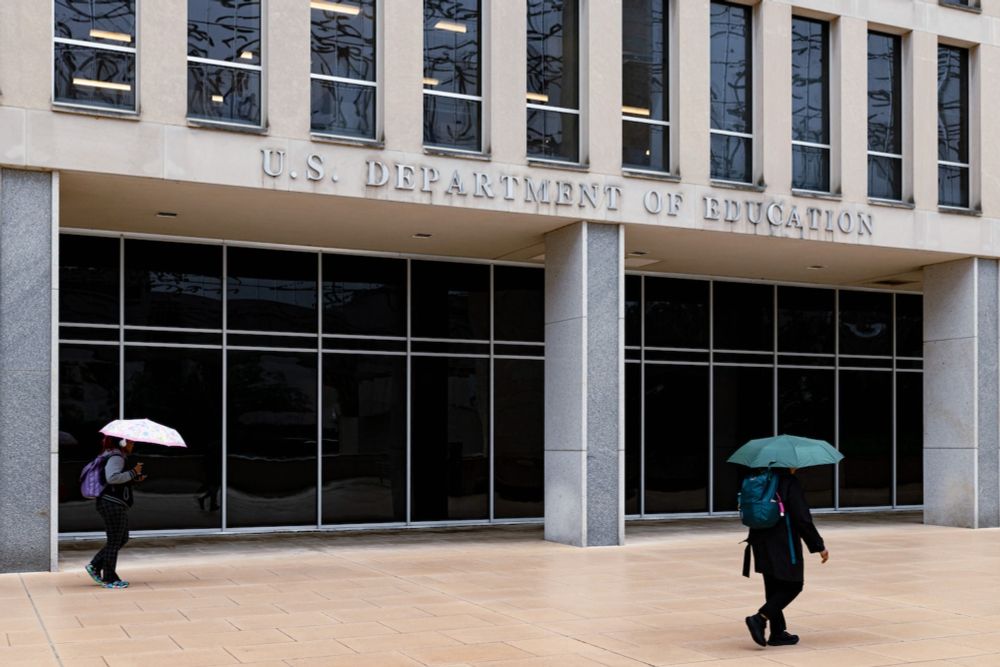
Supreme Court allows deep cuts at Education Department for now
A lower-court ruling had prevented Trump officials from slashing about half of the Education Department’s more than 4,100 workers.
Breaking news: A divided Supreme Court cleared the way for now for the Trump administration to sharply shrink the Education Department, one of the cornerstones of the president’s efforts to radically downsize the federal government.
14.07.2025 19:54 — 👍 58 🔁 46 💬 56 📌 20
🧪 Follow our starter pack for a first look at our latest reporting and insights directly from the dedicated journalists behind the work.
14.07.2025 16:12 — 👍 85 🔁 34 💬 3 📌 1
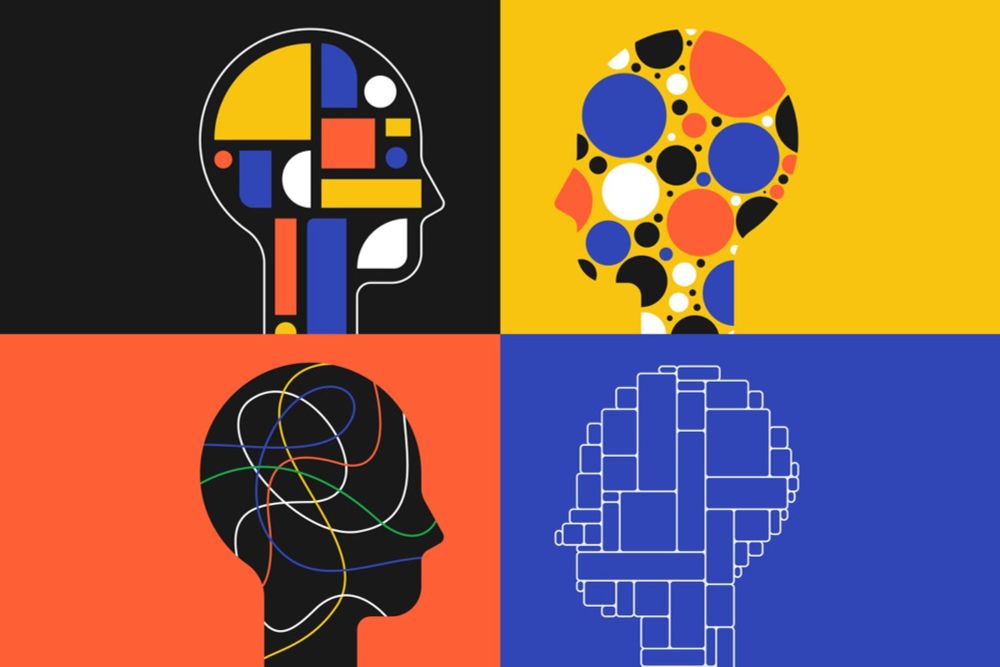
There Are at Least Four Types of Autism, Researchers Find
Autism has at least four subtypes, an analysis of more than 5,000 children’s genes, traits and developmental trajectories has shown
“The beauty of the autism spectrum is: it speaks to this heterogeneity. And the downside [is that] it covers up the differences,” says Fred Volkmar, a psychiatrist and a professor emeritus at Yale University.
(By me for @sciam.bsky.social ) 🧪
www.scientificamerican.com/article/four...
14.07.2025 19:03 — 👍 39 🔁 10 💬 1 📌 1
YouTube video by Scientific American
What is Scientific American?
We finally made it to Bluesky—just a few billion years after the Big Bang, and only slightly late to the party ✨🌌
We’re sharing some of our best stories from the year so far to kick off our Bluesky journey!
14.07.2025 16:09 — 👍 1377 🔁 287 💬 47 📌 26

We’re Light-Years Away from True Artificial Intelligence, Says Murderbot Author Martha Wells
Today’s large language models are hardly related to the kinds of machine intelligence we see in science fiction, according to Martha Wells, author of the Murderbot Diaries series
Writing MURDERBOT "taught me about my own neurodiversity. ... I have had a lot of people tell me that it helped them work out things about themselves and that it was just nice to see a character who thought and felt a lot of the same things they did." @marthawells.com with @clarakm.bsky.social
12.07.2025 16:01 — 👍 321 🔁 61 💬 6 📌 7
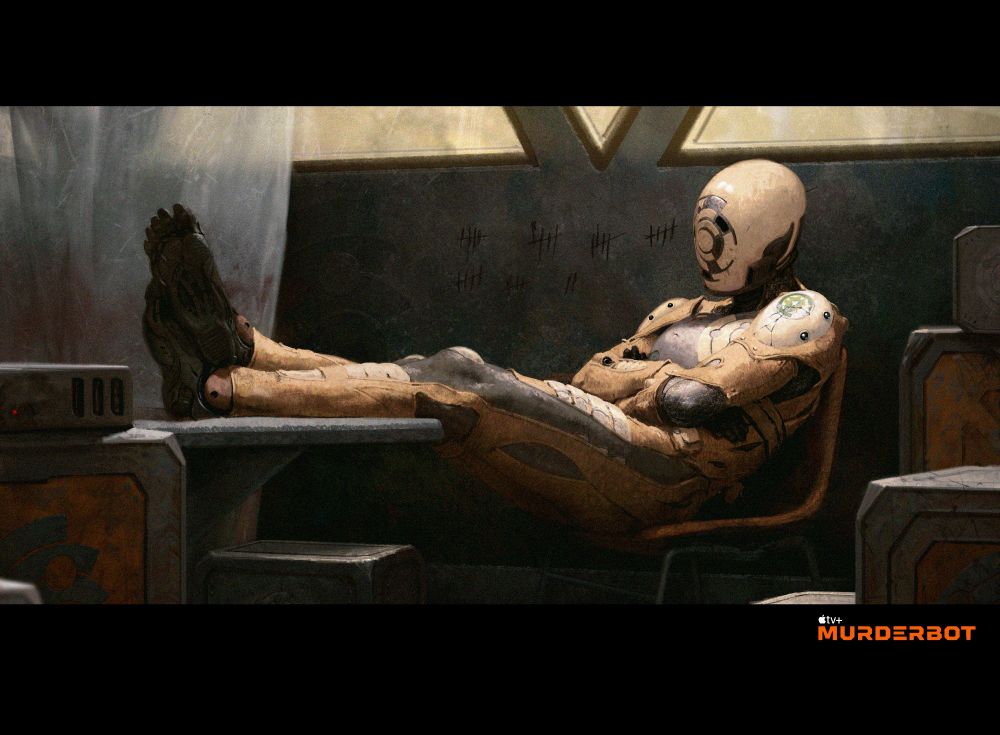
Just found out #Murderbot is getting a Season 2!! Praise be; we'll get to meet ART 🧡 Congrats @marthawells.com and everyone involved with this awesome show. Now go kick back in style and watch the finale. Then, let's do it all again. 🦾
10.07.2025 18:32 — 👍 509 🔁 76 💬 11 📌 13
A fascinating article by @maiasz.bsky.social - "...The brains of those who started experimenting with cannabis, cigarettes or alcohol before age 15 showed differences from those who did not—before the individuals took their first puff or sip." 🧪
www.scientificamerican.com/article/addi...
08.07.2025 14:40 — 👍 6 🔁 2 💬 0 📌 0

Screenshot of a quiz question, "In grapheme-color synesthesia, people see letters or numbers as having particular colors. What color do English-speaking people with this form of synesthesia most often associate with the letter “A”?" Answer options are blue, red, chartreuse, and sad beige.
Take Scientific American's weekly science quiz! www.scientificamerican.com/game/science...
27.06.2025 14:06 — 👍 0 🔁 1 💬 0 📌 0
Hi! I write about #science for Smithsonian, Discover, Quanta, Nautilus, Undark, National Geographic, CBC Radio, & many other outlets. Books include The Science of Shakespeare and In Search of Time. Co-host of BookLab podcast. 🔭🪐⭐️⚛️
fact-checker and copy editor at Scientific American
Health Editor at Scientific American. Book detective at Teachers College, Gottesman Libraries 📚 she/her laurenjyoung.com
Creative Director for Scientific American magazine. Past AD @ Architectural Record, Discover, Esquire & Joe. Car guy, art aficionado and artist. These are my opinions+RTs.
Scientific American President, mom and laundry lady
He/him dev at Scientific American, posts in individual capacity. Runner, bad-at-chess movie watcher, book reader, drums/synths/Theremin noisemaker. I’ve ADHD. Learning to manage it without meds. Inmigrante bilingüe de 🇲🇽. 🇫🇷 francophone aussi.
Senior editor at Scientific American: sustainability, climate, energy, water, environment.... Otherwise, live music! Pickle ball. Curling (yes, that one). Photo: frost on my windshield, almost fractal.
video/podcast producer at scientific american 🤓
Editorial workflow + rights manager (+ ‘resident reader’) @sciam
Say hi & tell me what to read next 📗 brianne.kane@sciam 📚 muckrack: bri-kane 🤭 insta: bri4dayz
🚨All views are my own and do not represent my employer
Senior Editor at Scientific American.
- Views expressed in anything I post are my own. They have not been reviewed or approved by Springer Nature.
- RT's not endorsements.
- Signal: Delta.357
https://www.linkedin.com/in/dan-vergano-93908b4/
CHNOPS in ferruginous saline. Multicellular aerobic chemoheterotroph; symbiont of photosynthetic autotrophs. Descendant of stardust; aspiring good ancestor. Senior Editor, Scientific American. Signal: @lee_billings.81
News reporter at @sciam.bsky.social (posts are my fault). Book person, cat person, etc. Georgetown alumna, SHERP34. In NYC. Signal: mbartels.07. she/her http://meghanbartels.github.io/portfolio/
Senior editor at Scientific American. I write about human origins, animals past and present, wildlife conservation. Birder.
Graphics editor at Scientific American. Medical illustrator-turned-datavizzer, New Yorker, parent. She/her. These views are mine, get your own. https://amandamontanez.com/
Chief Opinion Editor at Scientific American.
meghas@sciam.com.
Views are mine.
Signal: Sparrow.439
Scientific American's Senior News Editor
A legacy of discovery. A future of innovation.
Contributing Opinion Writer, NY Times. Author: Undoing Drugs, Unbroken Brain, Help At Any Cost; Co-auth: The Boy Who Was Raised as a Dog & Born for Love (w/ Bruce D. Perry). Addiction, autism, neuroscience, troubled-teen industry, harm reduction, cats.
Graphics editor at Scientific American • Author of Building Science Graphics https://www.buildingsciencegraphics.com/ • Formerly at National Geographic




